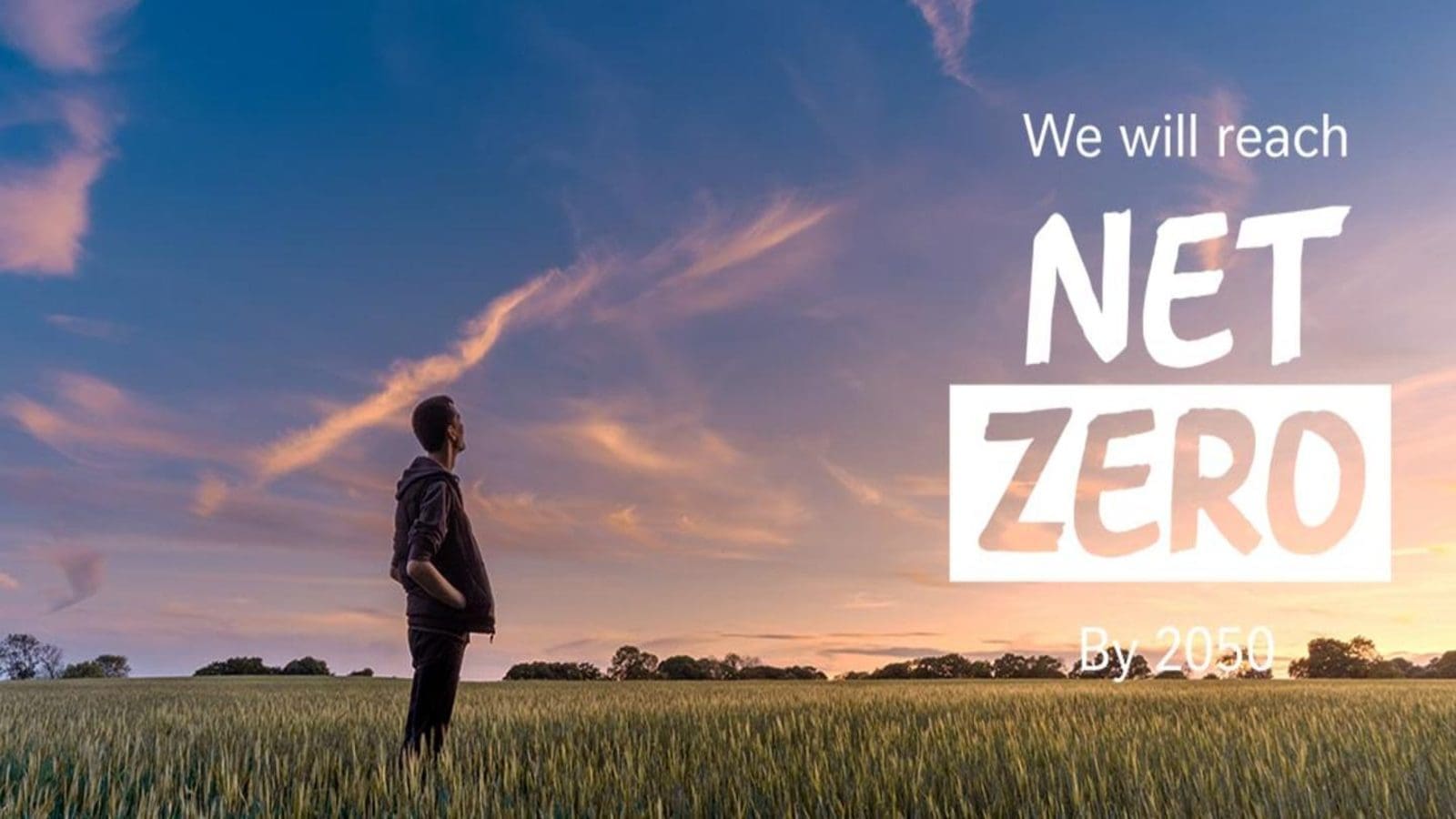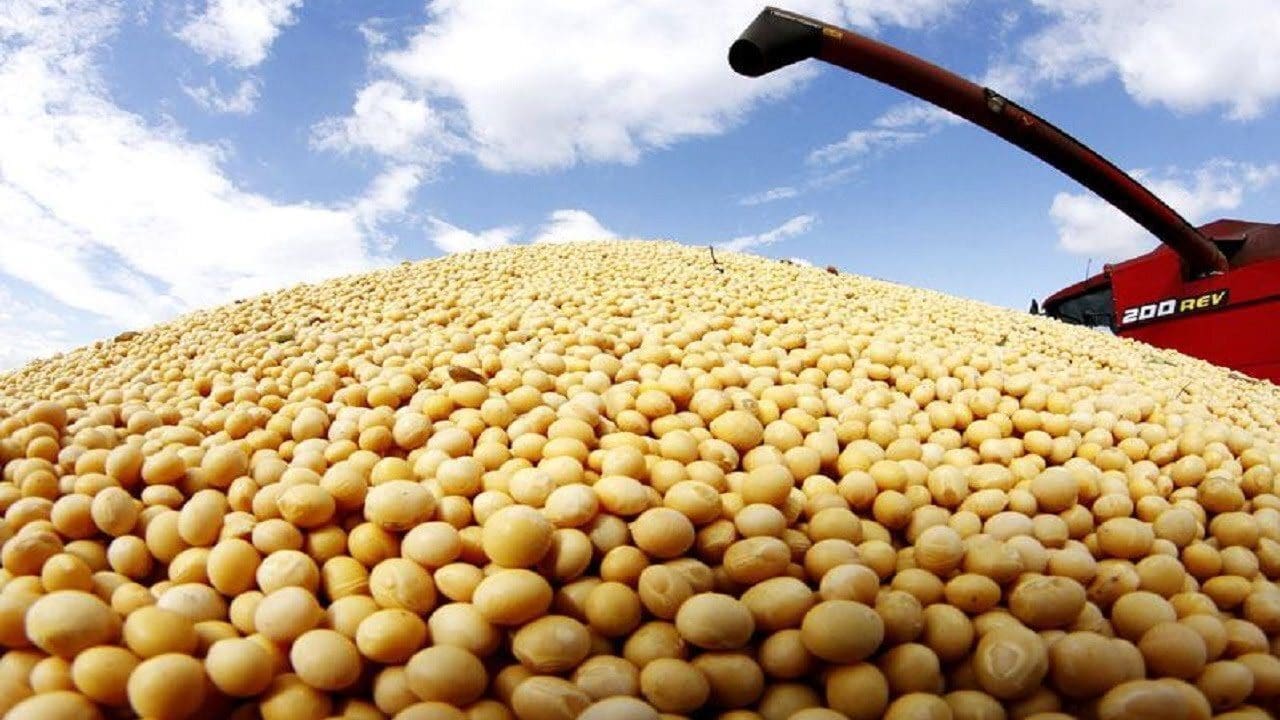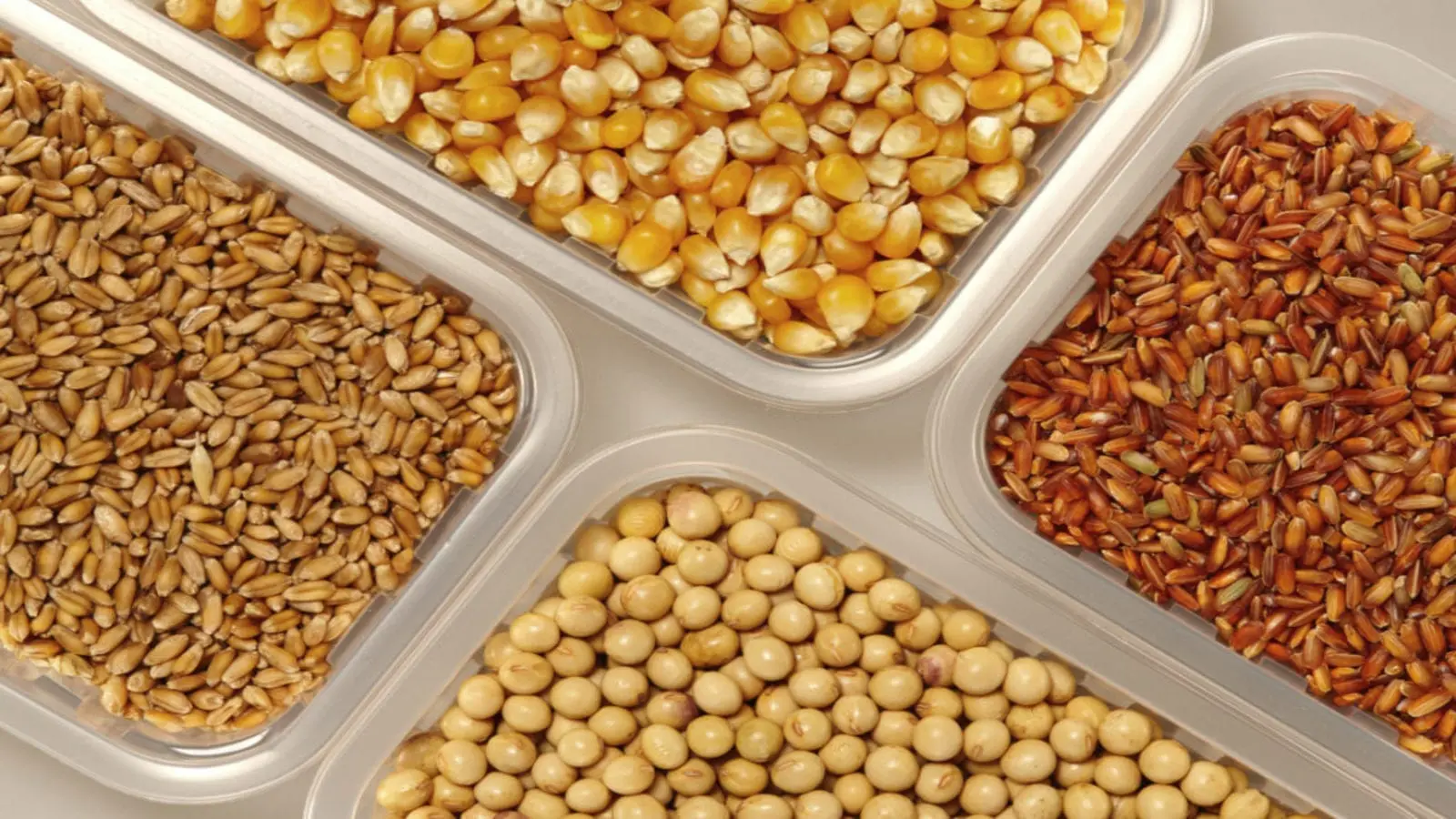SWITZERLAND – Nestlé’s Cereal Partners Worldwide (CPW) has released its net zero roadmap which reveals its aim to halve greenhouse gas emissions by 2030 and reach net zero by 2050, according to Food Business News.
According to CPW, the roadmap comes from an external consulting firm called Quantis in 2018, which took note of the total emissions across CPW.
The audit determined that CPW emitted 1.2 million tonnes of greenhouse gas emissions which the makers of Nestle breakfast cereal said will serve as the baseline for measuring progress.
Earlier Nestle had revealed that only 5% of the total greenhouse gas (GHGs) emissions come from operations, but in contrast, 95% come from the value chain, from activities like farming or shipping.
Christine Truppe, global head of sustainability at CPW noted that more than half of their emissions come from the ingredients for their products, 35% of them being connected with cereals and grains.
“It is clear we need to work together with our suppliers, farmers, and parent companies as we tackle these emissions as a focus on our journey to net zero,” said Christine.
Therefore, Nestle outlined its roadmap, which is part of CPW’s Make Breakfast Better initiative in five key areas.
First, the company revealed that the initiative will focus on “Sourcing ingredients,” primarily using regenerative agricultural methods.
This would involve working with farmers to reduce their dependency on conventional agrichemicals and transitioning toward 100% deforestation-free ingredients (palm oil, pulp and paper, and cocoa among others) so that 13% of the company’s cereals are made with regenerative agriculture by 2025.
Secondly, “transforming the product portfolio,” which involves choosing ingredients with lower carbon footprints, repurposing by-products or waste materials into new products, and continuing to oversee circular economy, business models.
Among the key areas is also “evolving packaging,” which involves making packaging 100% designed for recycling by 2025 as well as “moving toward cleaner operations,” which involves reducing waste and switching to alternative renewable energy sources on top of the 15 production facilities.
According to Nestle, it already has transitioned to 100% grid-sourced renewable electricity.
Finally, the roadmap entails “driving toward cleaner logistics,” which involves maximizing space in vehicles, reducing fuel consumption, and making 100% of the company’s internal shuttles electric by 2025.
According to Nestle, the commitment to regenerative agriculture shows the potential to positively impact a wide range of interconnected issues, while remaining firmly grounded in an outcome-focused approach.
The company said it has a “network” of more than 500,000 farmers and 150,000 suppliers with whom it can implement its regenerative farming policies.
In May 2023, Nestlé’s international cereal venture with General Mills, Cereal Partners Worldwide, set out its target to be net zero by 2050.
For all the latest grains industry news from Africa, the Middle East and the World, subscribe to our weekly NEWSLETTERS, follow us on LinkedIn and subscribe to our YouTube channel










